Content Menu
● The Essence of Private Label Manufacturing
● The Process of Creating Private Label Bikinis
● Advantages of Private Label Bikini Manufacturing
● Challenges in Private Label Bikini Manufacturing
● Trends Shaping the Future of Private Label Bikini Manufacturing
● Choosing the Right Private Label Bikini Manufacturer
● The Global Landscape of Private Label Bikini Manufacturing
● The Future of Private Label Bikini Manufacturing
● Conclusion
In the sun-soaked realm of fashion, where beaches meet boardwalks and poolsides become runways, the bikini reigns supreme as an icon of summer style. Behind the scenes of this glamorous industry lies a bustling network of private label bikini manufacturers, the unsung heroes who bring brand visions to life. These skilled artisans and innovative companies are the backbone of the swimwear industry, offering brands the opportunity to create unique, high-quality bikinis without the need for in-house production facilities. Let's dive into the world of private label bikini manufacturing and explore how it's shaping the future of swimwear fashion.
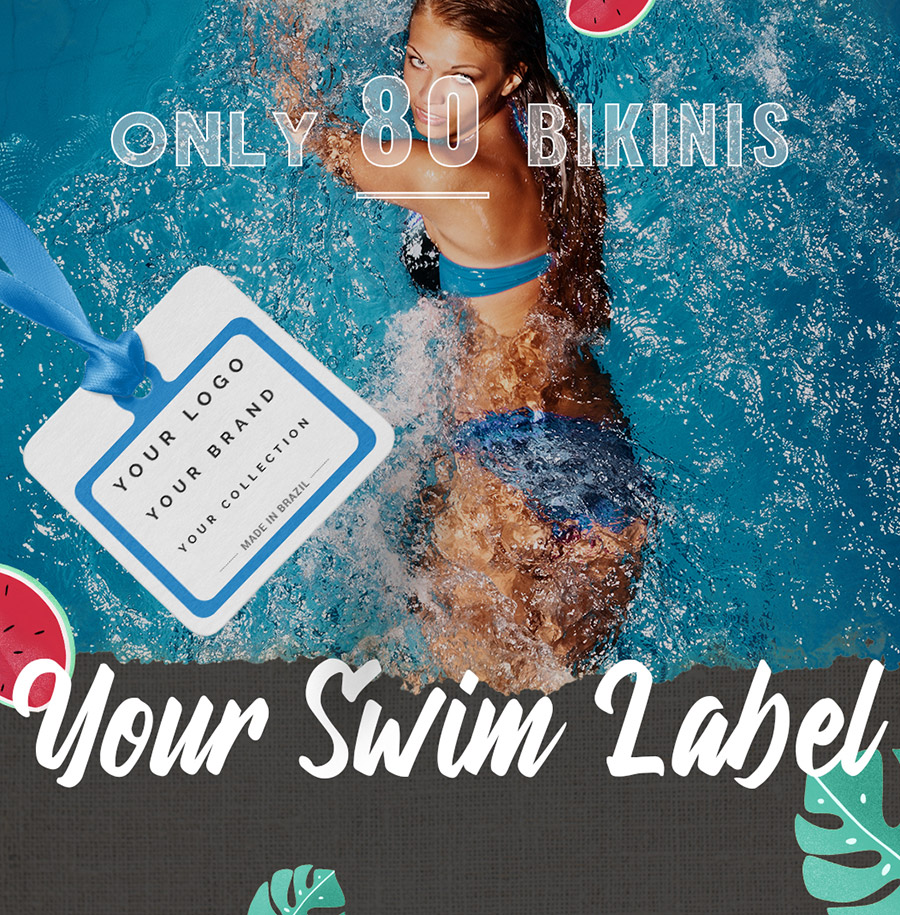
The Essence of Private Label Manufacturing
Private label manufacturing in the bikini industry is a process where a manufacturer produces swimwear according to a brand's specifications, which is then sold under the brand's name. This model allows companies of all sizes to enter the swimwear market without the substantial investment required for setting up their own production lines. It's a symbiotic relationship where manufacturers provide their expertise in production, while brands focus on design, marketing, and sales.
The appeal of private label bikini manufacturing lies in its flexibility and efficiency. Brands can experiment with designs, fabrics, and styles without committing to large-scale production runs. This agility is particularly valuable in the fast-paced world of swimwear fashion, where trends can change as quickly as the tides.
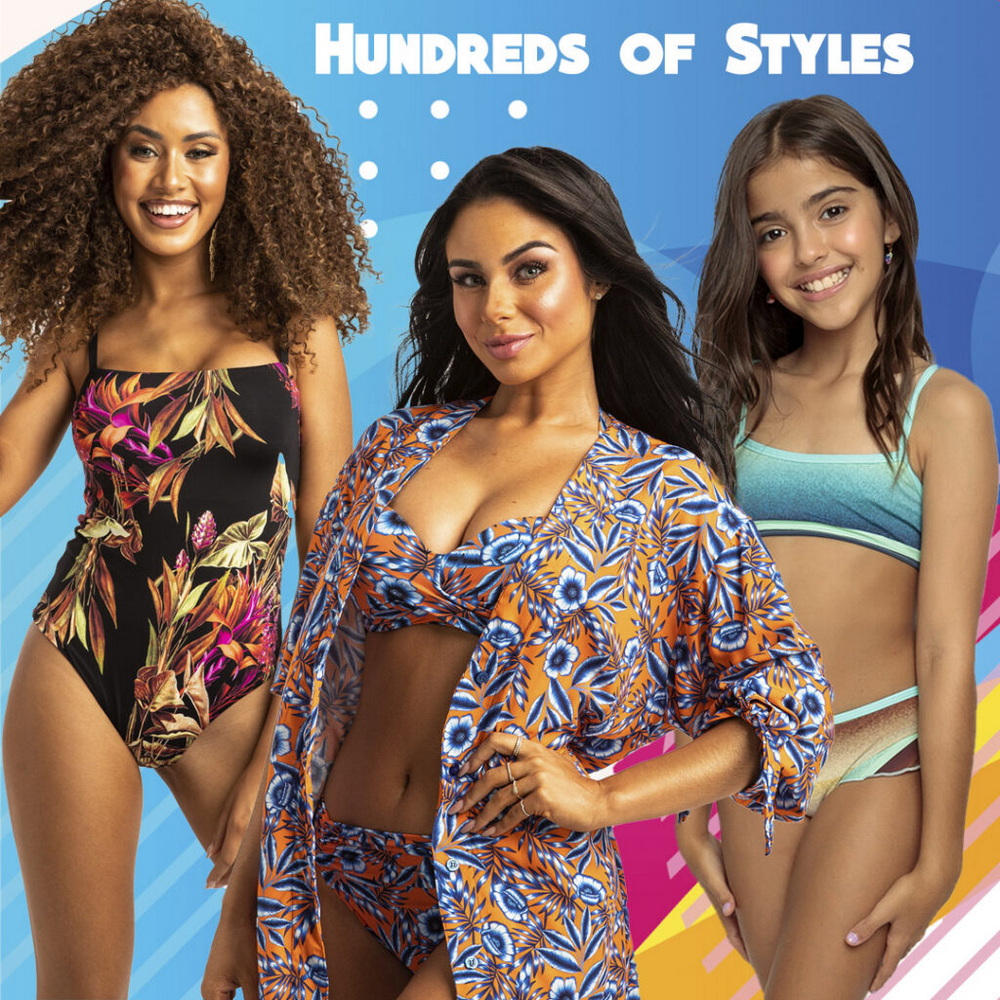
The Process of Creating Private Label Bikinis
The journey from concept to finished product in private label bikini manufacturing is a meticulous process that involves several key steps:
1. Design and Development: This initial phase is where creativity meets practicality. Brands work closely with manufacturers to bring their vision to life, considering factors such as current fashion trends, target demographic, and brand identity. Designers sketch out ideas, select fabrics, and determine color palettes.
2. Prototyping: Once designs are finalized, manufacturers create prototypes. These sample pieces are crucial for assessing fit, comfort, and overall aesthetic. It's not uncommon for multiple iterations to be made before the final design is approved.
3. Material Sourcing: Quality is paramount in swimwear, and the choice of fabric can make or break a bikini. Manufacturers source materials that not only look good but can withstand the harsh conditions of sun, salt, and chlorine. Increasingly, there's a focus on sustainable and eco-friendly fabrics to meet consumer demand for environmentally conscious products.
4. Production: With designs approved and materials sourced, the manufacturing process begins in earnest. This stage involves cutting fabrics, sewing pieces together, adding embellishments, and ensuring that each bikini meets the brand's quality standards.
5. Quality Control: Rigorous quality checks are performed throughout the production process to ensure that each bikini meets the specified standards for fit, durability, and appearance.
6. Packaging and Shipping: The final step involves packaging the bikinis according to the brand's requirements and shipping them to distribution centers or directly to retailers.
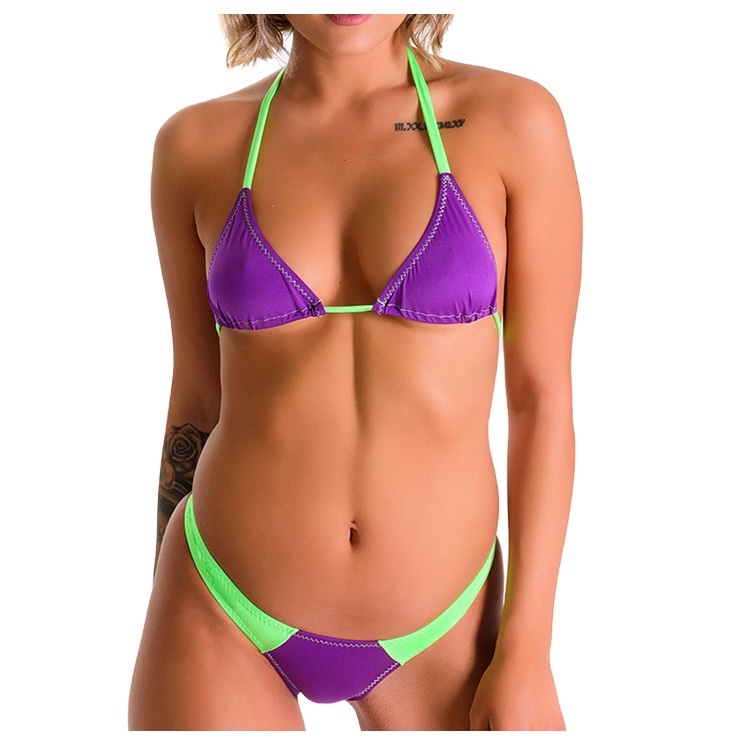
Advantages of Private Label Bikini Manufacturing
The private label model offers numerous benefits for brands looking to make a splash in the swimwear market:
1. Cost-Effectiveness: By leveraging the expertise and resources of established manufacturers, brands can avoid the significant capital investment required to set up their own production facilities.
2. Flexibility and Customization: Private label manufacturing allows for a high degree of customization. Brands can create unique designs that align perfectly with their vision and target market.
3. Quick Time-to-Market: Experienced manufacturers have streamlined processes that can significantly reduce the time it takes to go from concept to finished product, allowing brands to respond quickly to market trends.
4. Focus on Core Competencies: By outsourcing production, brands can focus their energy and resources on design, marketing, and building customer relationships – areas where they can add the most value.
5. Scalability: As demand grows, brands can easily scale up production without the need for major investments in equipment or personnel.
6. Access to Expertise: Established manufacturers bring years of experience and technical know-how to the table, ensuring that brands benefit from the latest production techniques and industry best practices.
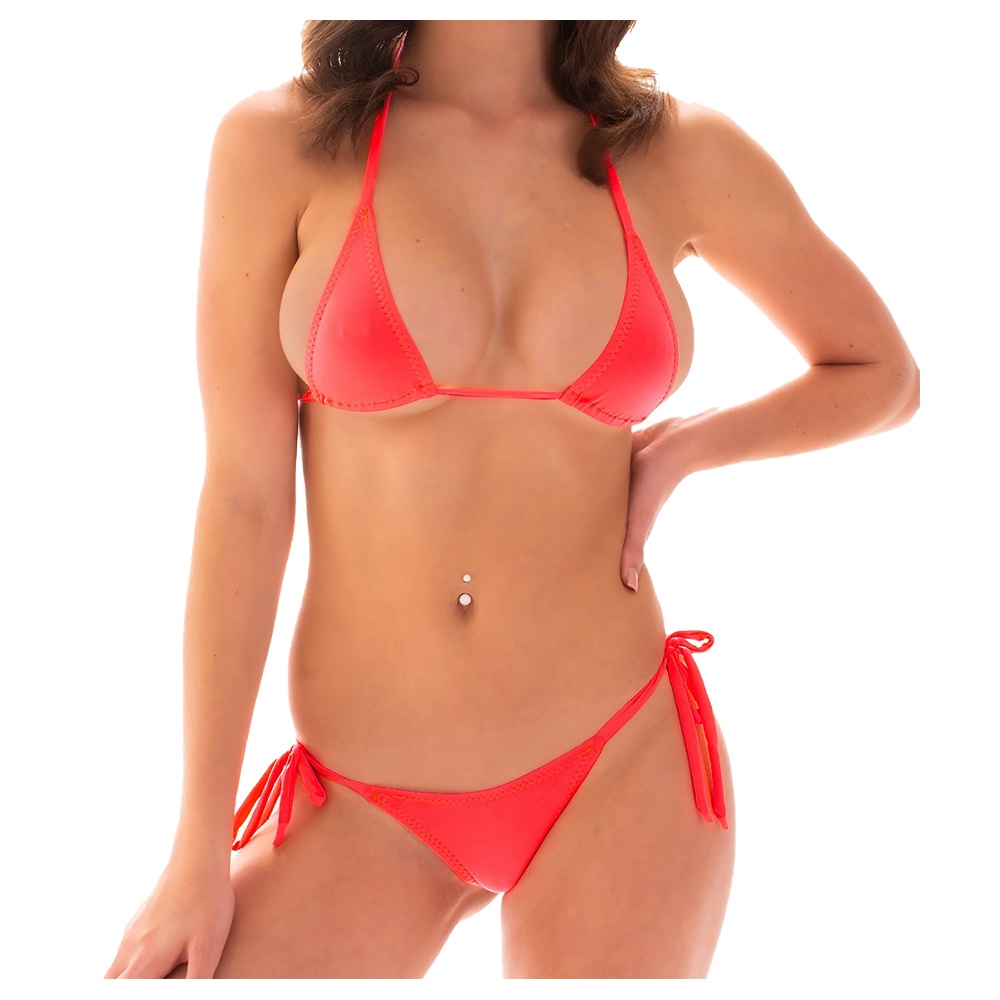
Challenges in Private Label Bikini Manufacturing
While the benefits are numerous, there are also challenges that both manufacturers and brands must navigate:
1. Quality Control: Maintaining consistent quality across production runs can be challenging, especially when working with overseas manufacturers. Brands must establish clear quality standards and implement robust quality control processes.
2. Communication: Clear and constant communication between brands and manufacturers is crucial to ensure that designs are accurately translated into finished products. Language barriers and time zone differences can complicate this process.
3. Minimum Order Quantities: Many manufacturers require minimum order quantities, which can be a hurdle for smaller brands or those looking to test new designs.
4. Intellectual Property Protection: Brands must be vigilant about protecting their designs and innovations, particularly when working with overseas manufacturers.
5. Sustainability Concerns: As consumers become more environmentally conscious, there's increasing pressure on manufacturers to adopt sustainable practices and materials, which can be challenging to implement across the supply chain.
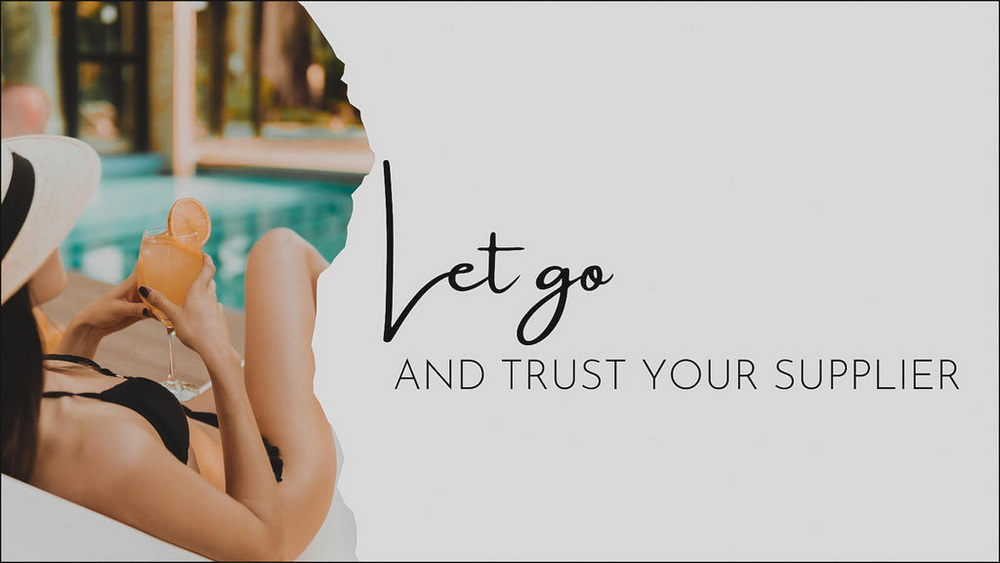
Trends Shaping the Future of Private Label Bikini Manufacturing
The swimwear industry is constantly evolving, and private label manufacturers are at the forefront of several exciting trends:
1. Sustainability: There's a growing demand for eco-friendly swimwear made from recycled materials or sustainable fabrics. Manufacturers are innovating to create bikinis that are both stylish and environmentally responsible.
2. Inclusivity: The industry is moving towards more inclusive sizing and designs that cater to a diverse range of body types. This trend requires manufacturers to be adaptable and skilled in creating flattering fits for all shapes and sizes.
3. Technology Integration: From UV-protective fabrics to swimwear with built-in technology for tracking sun exposure, manufacturers are exploring ways to integrate cutting-edge tech into bikinis.
4. Customization: Advances in manufacturing technology are making it possible to offer greater levels of customization, even for smaller production runs. This allows brands to create truly unique pieces for their customers.
5. Athleisure Crossover: The lines between activewear and swimwear are blurring, with many consumers seeking bikinis that can transition from beach to street. This trend is pushing manufacturers to innovate in terms of fabric technology and design versatility.
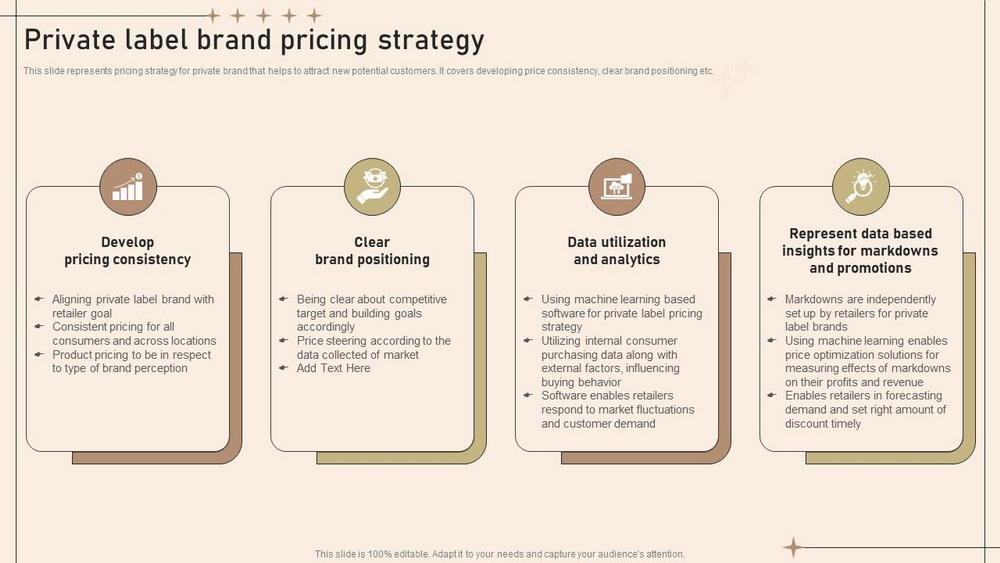
Choosing the Right Private Label Bikini Manufacturer
For brands looking to enter the swimwear market or expand their existing line, selecting the right manufacturing partner is crucial. Here are some factors to consider:
1. Experience and Expertise: Look for manufacturers with a proven track record in swimwear production. Their experience can be invaluable in navigating the complexities of bikini manufacturing.
2. Quality of Materials and Craftsmanship: The quality of the finished product is paramount. Assess samples, ask about their quality control processes, and inquire about the materials they use.
3. Production Capacity: Ensure that the manufacturer can handle your current needs and has the capacity to scale up as your brand grows.
4. Ethical and Sustainable Practices: In today's market, it's important to partner with manufacturers who prioritize ethical labor practices and sustainable production methods.
5. Communication and Collaboration: Choose a manufacturer who values open communication and is willing to work closely with you throughout the design and production process.
6. Pricing and Minimum Order Quantities: Balance cost considerations with quality and flexibility. Some manufacturers offer lower minimum order quantities, which can be beneficial for smaller brands or those looking to test new designs.
7. Location: Consider whether you prefer to work with domestic or overseas manufacturers. Each option has its pros and cons in terms of cost, lead times, and ease of communication.
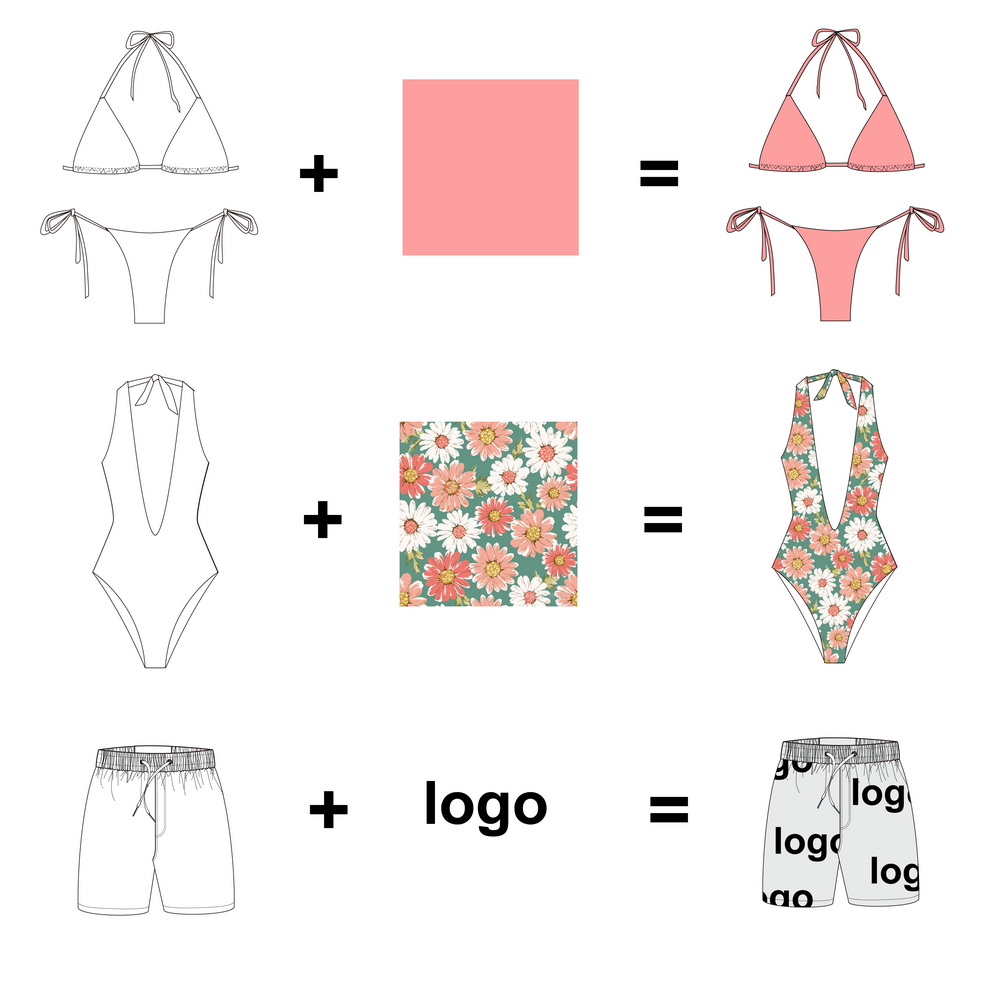
The Global Landscape of Private Label Bikini Manufacturing
Private label bikini manufacturing is a global industry, with production hubs spread across various countries. Each region brings its own strengths and specialties to the table:
1. Asia: Countries like China, Indonesia, and Vietnam are major players in swimwear manufacturing. They offer competitive pricing and large-scale production capabilities. However, brands need to be vigilant about quality control and ethical manufacturing practices.
2. South America: Brazil, in particular, is renowned for its swimwear expertise. Brazilian manufacturers are known for their innovative designs and high-quality craftsmanship, especially in the realm of Brazilian-cut bikinis.
3. Europe: Countries like Italy and Spain are home to luxury swimwear manufacturers. These producers often specialize in high-end, designer bikinis, utilizing premium materials and advanced manufacturing techniques.
4. United States: Domestic manufacturing in the US is experiencing a resurgence, driven by a desire for faster turnaround times and closer oversight of the production process. US-based manufacturers often focus on premium quality and sustainable practices.
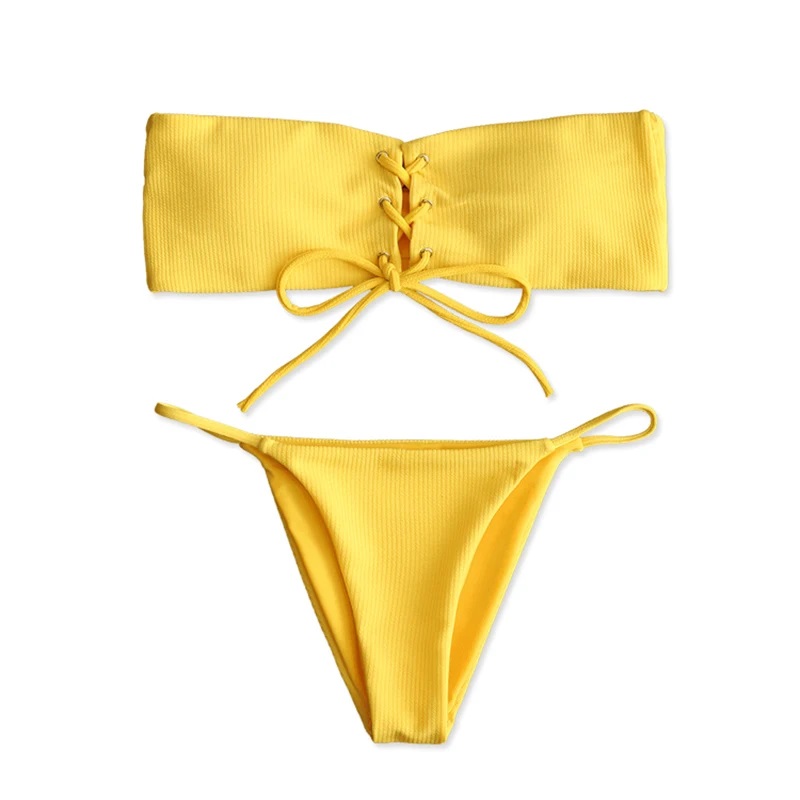
The Future of Private Label Bikini Manufacturing
As we look to the future, several trends are likely to shape the private label bikini manufacturing landscape:
1. Increased Digitalization: From 3D design software to virtual fitting rooms, technology will play an increasingly important role in streamlining the design and production process.
2. On-Demand Production: Advances in manufacturing technology may make it possible to produce smaller batches more efficiently, potentially reducing minimum order quantities and allowing for greater customization.
3. Circular Economy Initiatives: We can expect to see more manufacturers adopting circular economy principles, focusing on recyclable materials and designing bikinis with end-of-life considerations in mind.
4. Localized Production: There may be a shift towards more localized production, with brands seeking to shorten supply chains and reduce their carbon footprint.
5. Enhanced Collaboration Tools: Improved virtual collaboration tools will make it easier for brands to work closely with manufacturers, regardless of geographical distance.
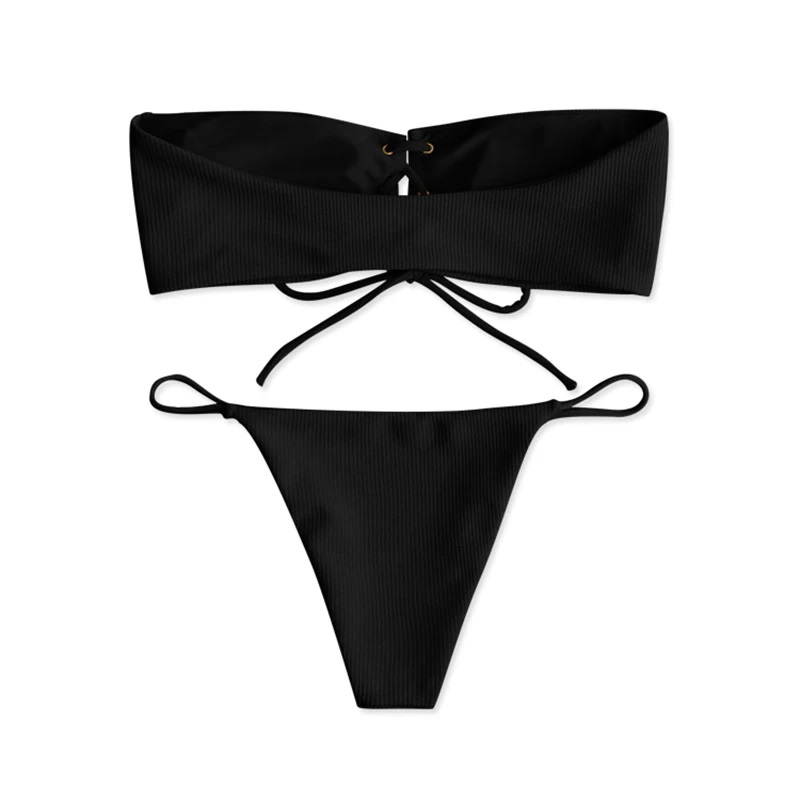
Conclusion
The world of private label bikini manufacturing is a dynamic and exciting one, offering endless possibilities for brands to create unique, high-quality swimwear. From the sun-drenched beaches of Brazil to the bustling factories of Asia, skilled artisans and innovative companies are working tirelessly to bring brand visions to life.
As the industry continues to evolve, driven by changing consumer preferences, technological advancements, and a growing emphasis on sustainability, private label manufacturers will play a crucial role in shaping the future of swimwear fashion. For brands looking to make waves in the bikini market, partnering with the right manufacturer can be the key to success, allowing them to focus on what they do best – creating beautiful designs and building strong connections with their customers.
In this ever-changing landscape, one thing remains constant: the allure of the perfect bikini. And behind every perfect bikini is a story of collaboration, innovation, and craftsmanship – the hallmarks of private label bikini manufacturing.








































































